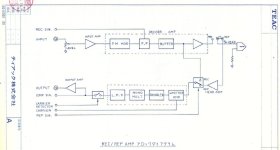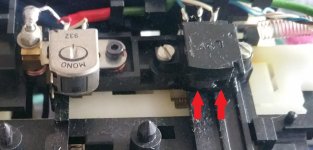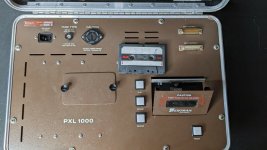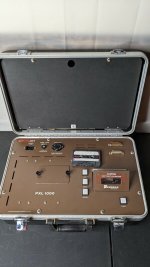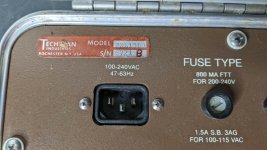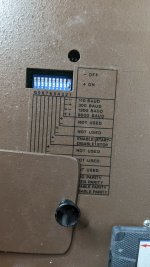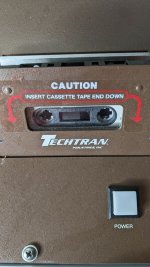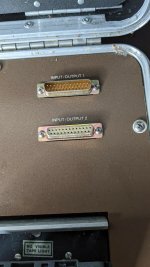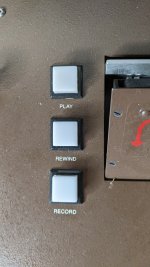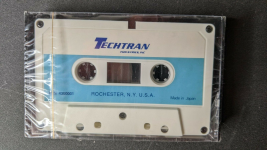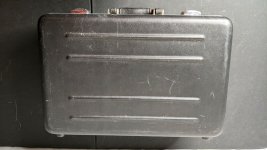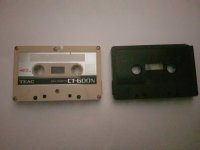Wow ! Did you just look that up or was that all off the top of your head ! That's some impressive detail you got in there - and it makes sense from a hearing perspective from what I can see.
A combination; I needed to remind myself of the gap size, but inch and seven-eighths is off the top of my head; I've had an on again off again side gig as a broadcast engineer for thirty five years. 15, 7.5, 3.75, 1.875 - the natural progression of tape speeds. 15 IPS reel; 7.5 IPS Fidelipac/NAB cart; 3.75 IPS eight-track; 1.875 cassette.
I did have a couple of cassette systems that could do 3.75 IPS, though: a Marantz dual speed and a
Tascam portastudio 246 four track. With a good Type II tape that portastudio 246 could do 20Hz-18kHz at 3.75 IPS, 40Hz-14kHz +/- 3dB; at 1.875 the specs are really good, 40Hz-14kHz and 40Hz-12.5kHz+/- 3dB. Bias frequency 85kHz in that deck. Must have had a narrower than normal gap.
The rest is pretty simple math and Nyquist.
I did some experiments ...
It's an interesting project, for sure. Using really high quality C-60 tapes with some of the later superferric formulations with insanely high MOL, SOL, and dynamic range numbers will make a difference. Using professional grade transports (Tascam 112, Marantz PMD 502, or similar) that have been properly refurbished (I reworked my share of both of those; the 112 was pretty easy to work on) will make a huge difference to the maximum data rate.
If 12KHz is a symbol rate, with each symbol having two transitions then MFM can at least get 24 kbps with a max loss of timing spaced over two bits. Also some thought is needed as to whether and how to encode blank periods between bytes.
12kHz is the Nyquist sampling theorem frequency; the magnetic flux transition 'sampling' rate is limited by the gap size to 24k transitions per second. This isn't a hard limit; there are aliasing artifacts as you approach and exceed the Nyquist frequency. You could have a symbol be a voltage level but not an extra transition, as that takes you over the Nyquist frequency and you get aliasing. The phase accuracy suffers the closer to the Nyquist frequency as well, and so symbols where the amplitude is used to encode would be better.
You can record as many transitions per second as you'd like; AC bias erase signal can be in the hundreds of kHz, for instance, but on playback you will only get a maximum of 24k transitions per second and a Nyquist frequency of 12kHz.
Magnetic recording is a time-discrete sampled system and has much in common with digital systems in that regard. It's not clocked, so the analysis is a bit more complicated in analyzing how the magnetic domains change in the head gap as the tape moves, but there's lots of reading material to be found on how to analyze it.
To your point, the low frequency response means you have to have a certain number of transitions per second; video tape systems get around the requirements of analog video by using actual frequency modulation and recording the FM signal instead of the raw analog video. So if you encode some QAM and the narrowband FM with a carrier frequency of around 6kHz you might find some interesting possibilities.
Thank you for the added information - there's a lot there I hadn't thought about or didn't know.
Sure thing.

